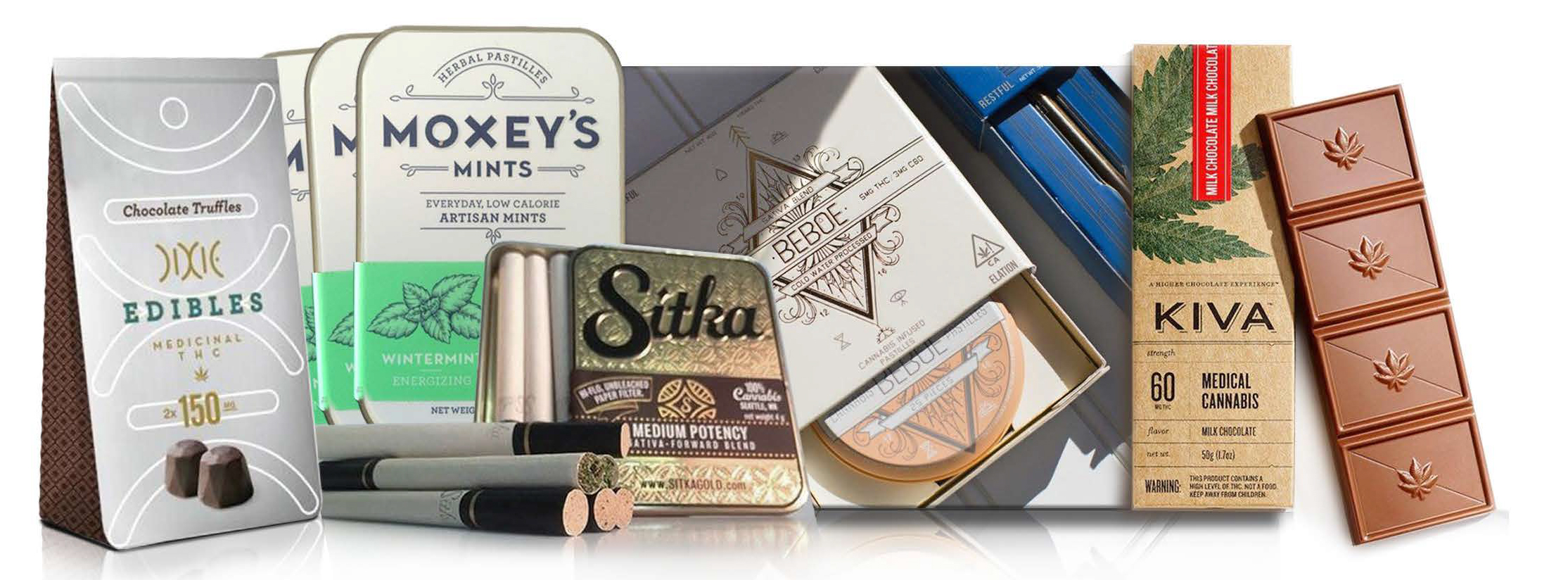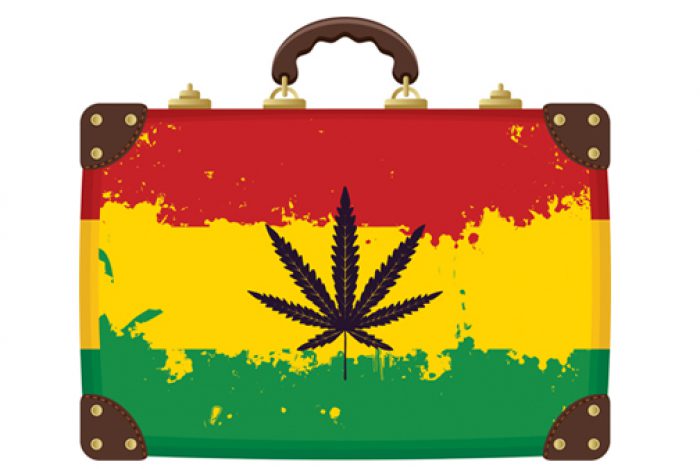Recognizing the desire and demand for cannabis, and akin to falling dominoes, the states continue to legalize recreational marijuana. Aside from ‘power to the people,’ states will be realizing over $30 billion in incremental tax revenues. Everybody’s happy!
The category has emerged in an infinite geometric sequence from medicinal guise to
an explosive industry. The Big Bang of marketing verticals.
Unlike mature markets as fragrance, cosmetics, spirits and confectionary, the nascent cannabis category will take time to root and secure a distinctive overall presence.
Companies are growing their brands (pun intended) with a forward view of 100% consensual distribution, grabbing share and establishing first to market loyalty.
Soon the flood of new products and sub-categories will create a sea of sameness; a mass of weakly faux-differentiated offerings, and the feared eventual commoditization of most. Anticipating continued legalization, entrepreneurs are preparing to enter the fray with products & branding ready to go.
Product segments are numerous: edibles, flower, concentrates, ingestibles, body oils, tinctures, patches, balms, and a multiplicity of infused offerings ad nauseum. With over 8,000 growth varieties the product permutations are boggling, and consumers will eventually be stressed with choice.

Cannabis is a culture, branding is predominant, and, yes…. packaging rules.
The fork in the road points to Starbucks or Nutraceuticals.
The “High” & heightened esthetics vs wellness and balance.
I’ll munch on both forks.
Those in pain seek serious medical alternatives. Cannabidiol (CBD) is the second most active ingredient in cannabis, and all about the medical benefits. It’s non-psychoactive and used in the treatment of pain, inflammation, and is said to lessen anxiety. THC, as you are aware, is the primary ingredient. So, the ratio of THC to CBD is particularly important. Food product potency is indicated by milligrams of THC.
Those pursuing THC experiences will be drawn to modern design and uncluttered elegance reflective of fine fragrance, vintage wine or sophisticated malts. The cliched hippie stoner culture is slowly being put to rest. Now it’s esthetics, positioning and romance.
Regarding visual recognition –
“To use the leaf or not to use the leaf, that is the question”
Challenges and essentials:
Every state has its own safety requirements, but child safety is the critical issue, and the highest precautionary focus. For reusable and dosage packaging, ‘child secure’ opening and re-closing is mandatory. Most states require child resistant packaging, and edibles must not be depicted or graphically portrayed as candy.
Labeling information must be free of unwarranted and unproven health claims.
Product education should be focused on the specifics of ingredients, both active and secondary. The brand narrative should reflect integrity and credibility.
Maintaining product freshness via substrates and structure is essential. Overcoming the negative, passé viewpoint of cannabis is a comprehensive issue.
For the overall packaging, we recommend recycled materials, and environmentally sustainable inks and decorative substances.
Furthermore, utilizing Smart packaging via NFC technology, the cannabis package: box, tin, tube, parkette, or accessory becomes a powerful direct-to-consumer marketing experience.
This all feels aggressively like the California gold rush, or the stampede to claim your piece of real estate. In this case success won’t be awarded to the fastest. Market share will be bestowed upon the extraordinary. Most entrants will embrace good, but a few unbridled design vanguards will steal the show with a singular package that provides the magic to rise above the competitive landscape. Pure in structure and illustration; an awesome presentation that amplifies the unique equity of your cannabis.
I welcome your ideas.
Norman Kay is the CEO and Chief Creative Officer and inspiration behind IBC Shell’s creative intuition and market influence. He has directed award-winning packaging and branded consumer identity products for established global brands including Grey Goose Vodka, Estee Lauder, Chivas Regal, Swiss Army, Victoria’s Secret and Bombay Sapphire Gin. Norman’s work has received The Global Design & Advertising Award, The American Graphic Design Award, The International Award of Excellence for Visual Arts, and The American Packaging Design Award. He has lectured and authored articles on design, packaging technology, the magnetic forces of packaging, and amplifying the brand experience.
